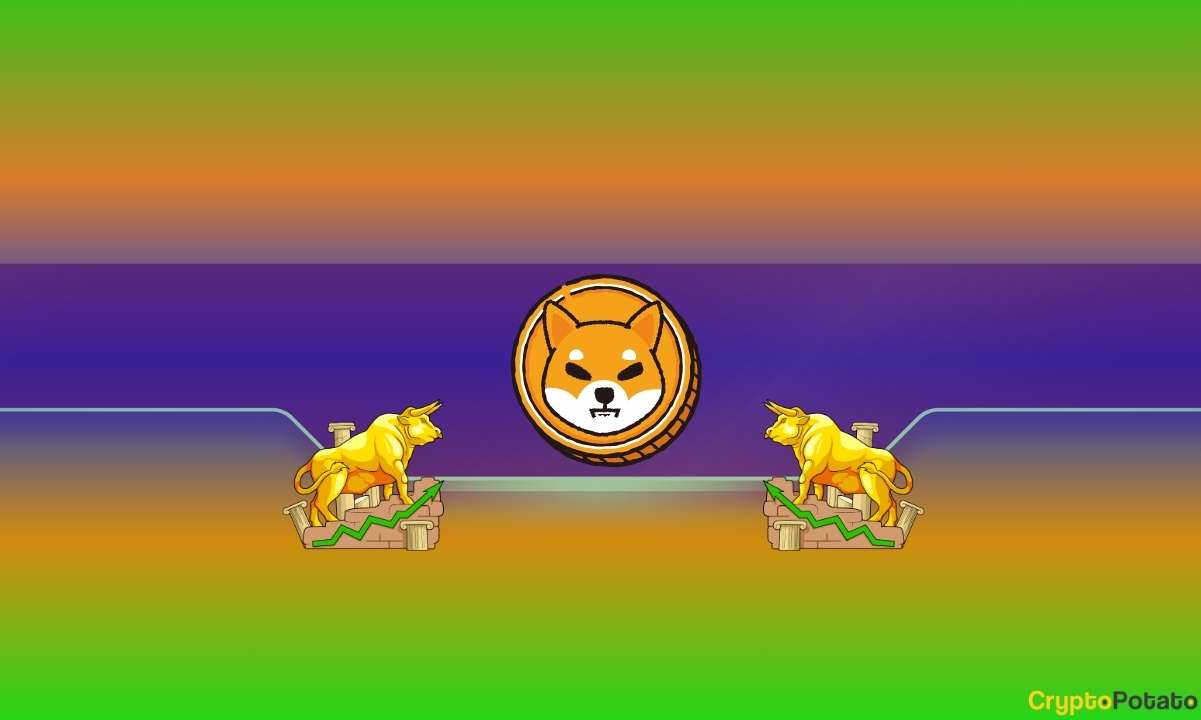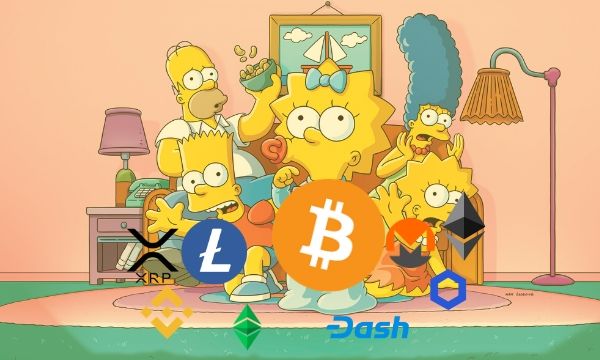Shiba Inu (SHIB) Team Warned Them, But They Didn’t Listen: CAL Token Drama
Shiba Inu developer Kaal Dhairya issued a stark warning to investors to refrain from trading services with the memecoin Calcium (CAL).
The asset saw the light of day earlier today (September 22) and quickly amassed a market capitalization of almost $4 million. Its price performance, though, went on a downtrend in the following hours.
The Reason Behind CAL’s Launch
Kaal Dhairya took it to X (Twitter) to remind users that Calcium token (CAL) was created “only for the specific purpose to mint and renounce BONE.” As such, they alerted it will not have any future value, meaning people should not conduct trading services with it. “If someone is selling this, please consider this as scam,” the developer concluded.
As previously mentioned in the screenshot below, we are in the process of renouncing BONE. Please do not buy or trade the Calcium token (seriously), there is no liquidity and claims of large losses are FUD. PLEASE READ : https://t.co/BgNsdLMUop pic.twitter.com/1pxoaK4A12
— Kaal (@kaaldhairya) September 21, 2023
The pseudonymous X user “Shib Informer” issued a similar warning, telling their followers that CAL is for “internal use” and not for trading.
The Latest Memecoin to Hit the Market
Depicted as a “dummy” token, Calcium (CAL) is among the latest memecoins to enter the vast crypto realm. It is deployed by the Shiba Inu team and aims to accelerate the advancement of BONE (the native asset of the ShibaSwap decentralized exchange).
Currently, there are hundreds of memecoins, with the first one – Dogecoin (DOGE) – seeing the light of day in 2013. Those who wish to learn more about those assets, understand their characteristics, and whether they are safe to invest in can watch our dedicated video:
The post Shiba Inu (SHIB) Team Warned Them, But They Didn’t Listen: CAL Token Drama appeared first on CryptoPotato.









